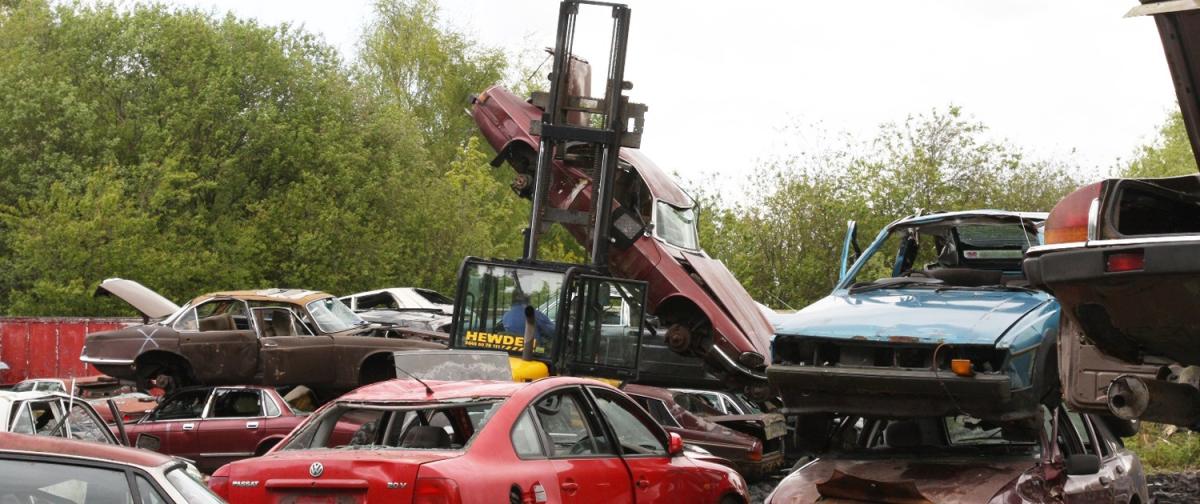Junkyard Gems: How Salvage Yards Power Car Restorations

Car restoration has grown in popularity across Australia, with more people bringing classic or older vehicles back to life. But behind the shiny finishes and reconditioned engines lies an often overlooked part of the process — the salvage yard. These places, often called wrecking yards or auto recyclers, provide essential parts that allow restoration work to happen. This article explains how salvage yards contribute to car restoration projects and why they remain a key part of the industry.
1. What Is a Salvage Yard?
A salvage yard is a location where vehicles are brought after being written off, damaged, or no longer in use. These cars are stored, inspected, and taken apart for parts. Some are stripped down completely, while others are left mostly intact for buyers to look through.https://cashmyscrapcar.com.au/
In Australia, salvage yards operate under local and national rules to make sure cars are dismantled in ways that are safe and legal.
Fact: The Australian automotive recycling industry handles around 800,000 end-of-life vehicles every year, many of which end up in salvage yards.
2. Why Car Restorers Depend on Salvage Yards
Restoring a car often involves finding rare or discontinued parts. These are not always available through dealers or parts suppliers. Salvage yards give access to parts from older models that are no longer in production.
From interior trims and panels to whole engines, restorable parts can be found with patience and attention. Some cars in salvage yards have only minor damage, which means many of their components are still in working condition.
3. How Parts Are Chosen and Removed
Once a car is in the yard, staff or customers identify which parts are still usable. Some salvage yards allow people to walk through and remove parts themselves using their own tools. Others have staff remove and prepare the parts for sale.
Common parts salvaged include:
Headlights and taillights
Steering wheels and dashboards
Seats and door panels
Wheels and tyres
Transmissions and gearboxes
Wiring looms and fuses
Fact: Car restorers often choose used parts over new ones to preserve authenticity, especially for classic models where original components add to the vehicle’s character.
4. Matching the Right Part
Finding the correct part for a specific model involves knowing the make, year, and trim level. Many salvage yards now keep digital records or inventory lists, making it easier to match parts.
Some car makes share parts across different models or years. This allows restorers to adapt components from similar vehicles, as long as measurements and connections match.
5. Environmental and Economic Impact
Using parts from salvage yards reduces waste. Instead of ending up in landfill, vehicle components get a second life. This helps lower the demand for raw materials and reduces the environmental impact linked to manufacturing.
It also helps keep restoration projects within budget. Replacing a gearbox with a used one from a salvage yard, for example, can cost significantly less than buying a new or reconditioned unit.
Fact: Reusing car parts reduces carbon emissions by as much as 60 per cent compared to producing new components from scratch.
6. How Scrap Cars Feed the Cycle
Scrap vehicles are the main source of parts for salvage yards. These cars are usually beyond repair but still hold valuable materials. Yards purchase these vehicles from private owners, insurance companies, and auctions.
Before scrapping the shell, they remove useful components. These parts are cleaned, stored, and made available for resale. This process keeps older vehicles on the road and supports restoration efforts.
7. The Role of Local Scrap Services
Many local services collect vehicles that are no longer running and pass them on to salvage yards. These businesses often buy scrap cars, either for metal or for parts. In places like Sydney, one such service plays an important role in this chain. They collect old vehicles, assess them, and supply them to yards where useful parts are taken out.
One of these services has become a link between vehicle owners and salvage yards. Instead of letting cars rust in a backyard or garage, people can hand them over and receive some money in return. This process supports the parts supply chain while helping owners clear out unwanted vehicles. This model works well with the growing need for cash for scrap cars Sydney, as it connects supply with demand in a way that fits current restoration needs.
8. Salvage Yards and Rare Finds
One reason salvage yards are respected by car restorers is the chance of finding rare parts. Some vehicles arrive with original factory components that are no longer made. These are often discovered in older models or low-production cars that were never widely sold.
For someone restoring a classic Holden, Ford, Toyota, or even European models, a salvage yard can hold the missing piece needed to complete a build. Patience and timing are key, as inventory changes regularly depending on what vehicles arrive at the yard.
9. The Process of Preparing Parts for Sale
Not all parts come out ready for use. Many require cleaning or minor repairs. Salvage yard teams often test electrical parts, clean mechanical components, and label each part with fitment details. This makes it easier for buyers to find what they need and lowers the chance of fitment issues.
Some yards also group parts by vehicle make or by system (electrical, suspension, interior) to help buyers locate items faster.
10. Salvage Yards and Local Communities
Beyond supporting restorers, salvage yards provide jobs and promote recycling. They serve mechanics, hobbyists, and others in the auto repair trade. With growing interest in sustainable practices, their role has become even more relevant in recent years.
Many people now visit salvage yards not only for parts but also to learn more about vehicles and how they are built. The hands-on environment allows for real learning and discovery.
Conclusion
Salvage yards are more than piles of old cars. They are essential for anyone restoring or repairing vehicles. They provide access to rare parts, reduce waste, and support local industry. Whether you are building a car from the ground up or just trying to fix a worn interior, the parts you need could be sitting in a yard right now.
By keeping scrap vehicles out of landfill and giving parts another use, salvage yards help power the car restoration world. And with services across places like Sydney helping to collect vehicles and link them to these yards, the system stays active and useful for everyone involved. Whether you are a mechanic or a weekend hobbyist, these junkyard gems remain an important part of keeping cars alive.
